Fernando Buarque de Lima Neto
Dialectical Multispectral Classification of Diffusion-Weighted Magnetic Resonance Images as an Alternative to Apparent Diffusion Coefficients Maps to Perform Anatomical Analysis
Dec 03, 2017



Abstract:Multispectral image analysis is a relatively promising field of research with applications in several areas, such as medical imaging and satellite monitoring. A considerable number of current methods of analysis are based on parametric statistics. Alternatively, some methods in Computational Intelligence are inspired by biology and other sciences. Here we claim that Philosophy can be also considered as a source of inspiration. This work proposes the Objective Dialectical Method (ODM): a method for classification based on the Philosophy of Praxis. ODM is instrumental in assembling evolvable mathematical tools to analyze multispectral images. In the case study described in this paper, multispectral images are composed of diffusion-weighted (DW) magnetic resonance (MR) images. The results are compared to ground-truth images produced by polynomial networks using a morphological similarity index. The classification results are used to improve the usual analysis of the apparent diffusion coefficient map. Such results proved that gray and white matter can be distinguished in DW-MR multispectral analysis and, consequently, DW-MR images can also be used to furnish anatomical information.
Simultaneously Solving Mixed Model Assembly Line Balancing and Sequencing problems with FSS Algorithm
Jul 19, 2017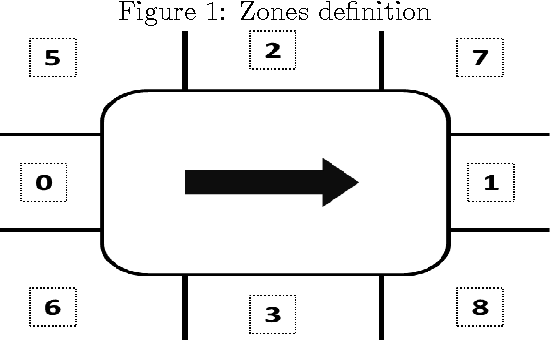

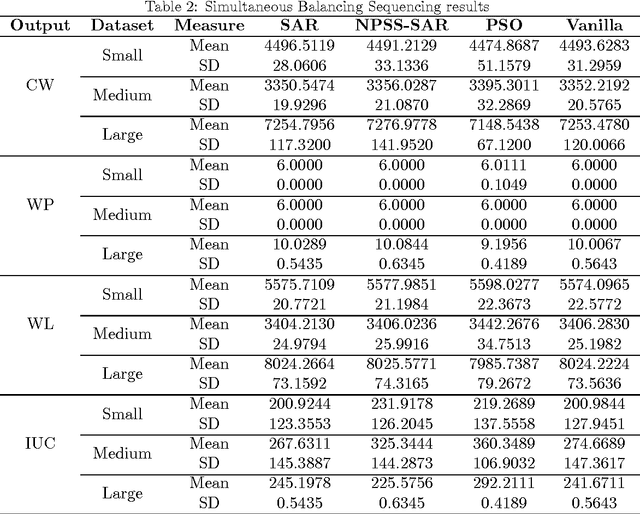

Abstract:Many assembly lines related optimization problems have been tackled by researchers in the last decades due to its relevance for the decision makers within manufacturing industry. Many of theses problems, more specifically Assembly Lines Balancing and Sequencing problems, are known to be NP-Hard. Therefore, Computational Intelligence solution approaches have been conceived in order to provide practical use decision making tools. In this work, we proposed a simultaneous solution approach in order to tackle both Balancing and Sequencing problems utilizing an effective meta-heuristic algorithm referred as Fish School Search. Three different test instances were solved with the original and two modified versions of this algorithm and the results were compared with Particle Swarm Optimization Algorithm.
Fish School Search Algorithm for Constrained Optimization
Jul 19, 2017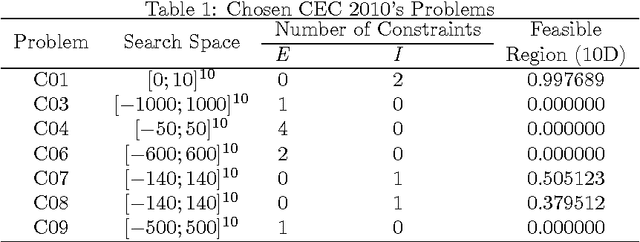
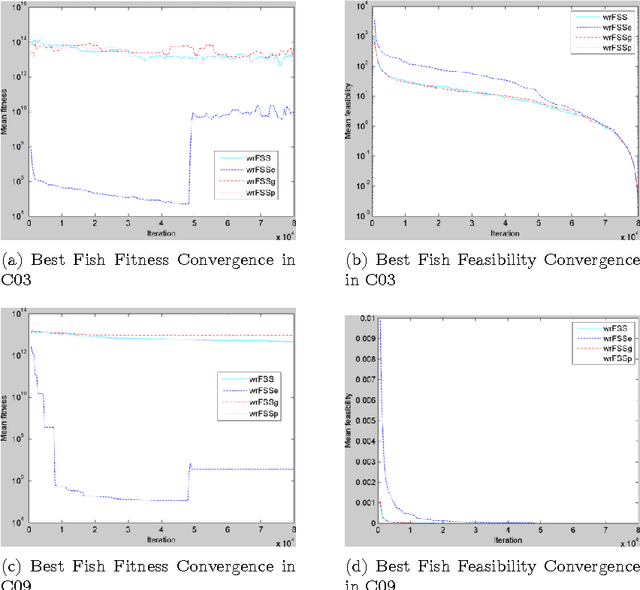

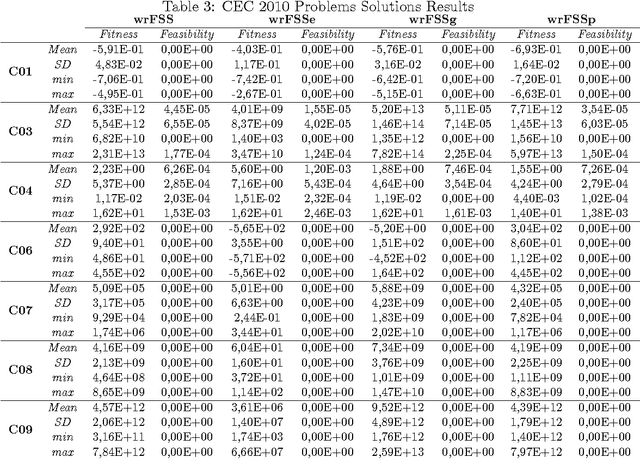
Abstract:In this work we investigate the effectiveness of the application of niching able swarm metaheuristic approaches in order to solve constrained optimization problems. Sub-swarms are used in order to allow the achievement of many feasible regions to be exploited in terms of fitness function. The niching approach employed was wFSS, a version of the Fish School Search algorithm devised specifically to deal with multi-modal search spaces. A base technique referred as wrFSS was conceived and three variations applying different constraint handling procedures were also proposed. Tests were performed in seven problems from CEC 2010 and a comparison with other approaches was carried out. Results show that the search strategy proposed is able to handle some heavily constrained problems and achieve results comparable to the state-of-the-art algorithms. However, we also observed that the local search operator present in wFSS and inherited by wrFSS makes the fitness convergence difficult when the feasible region presents some specific geometrical features.
Solving Mixed Model Workplace Time-dependent Assembly Line Balancing Problem with FSS Algorithm
Jul 19, 2017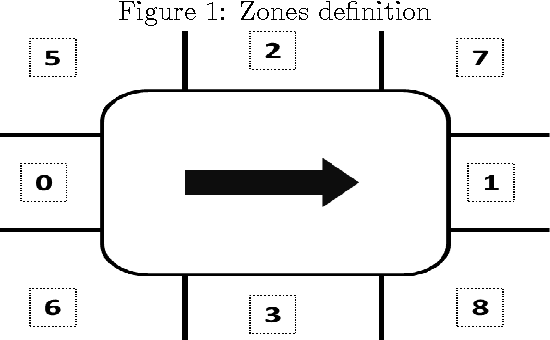

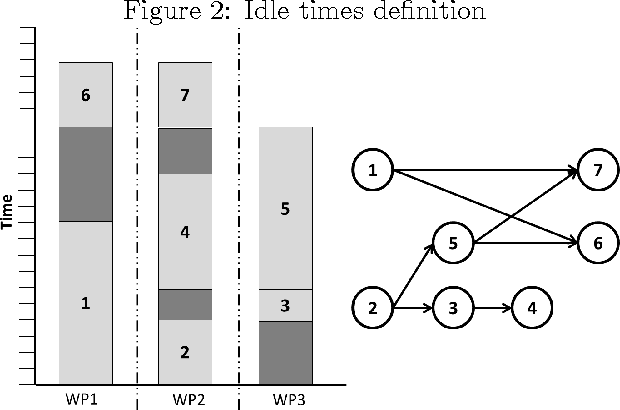

Abstract:Balancing assembly lines, a family of optimization problems commonly known as Assembly Line Balancing Problem, is notoriously NP-Hard. They comprise a set of problems of enormous practical interest to manufacturing industry due to the relevant frequency of this type of production paradigm. For this reason, many researchers on Computational Intelligence and Industrial Engineering have been conceiving algorithms for tackling different versions of assembly line balancing problems utilizing different methodologies. In this article, it was proposed a problem version referred as Mixed Model Workplace Time-dependent Assembly Line Balancing Problem with the intention of including pressing issues of real assembly lines in the optimization problem, to which four versions were conceived. Heuristic search procedures were used, namely two Swarm Intelligence algorithms from the Fish School Search family: the original version, named "vanilla", and a special variation including a stagnation avoidance routine. Either approaches solved the newly posed problem achieving good results when compared to Particle Swarm Optimization algorithm.
Applying the Negative Selection Algorithm for Merger and Acquisition Target Identification
Aug 10, 2013

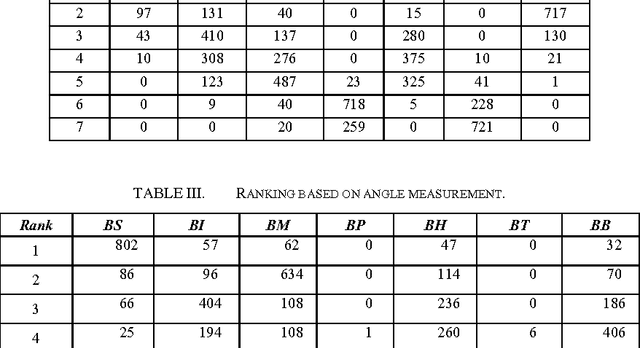
Abstract:In this paper, we propose a new methodology based on the Negative Selection Algorithm that belongs to the field of Computational Intelligence, specifically, Artificial Immune Systems to identify takeover targets. Although considerable research based on customary statistical techniques and some contemporary Computational Intelligence techniques have been devoted to identify takeover targets, most of the existing studies are based upon multiple previous mergers and acquisitions. Contrary to previous research, the novelty of this proposal lies in its ability to suggest takeover targets for novice firms that are at the beginning of their merger and acquisition spree. We first discuss the theoretical perspective and then provide a case study with details for practical implementation, both capitalizing from unique generalization capabilities of artificial immune systems algorithms.
 Add to Chrome
Add to Chrome Add to Firefox
Add to Firefox Add to Edge
Add to Edge